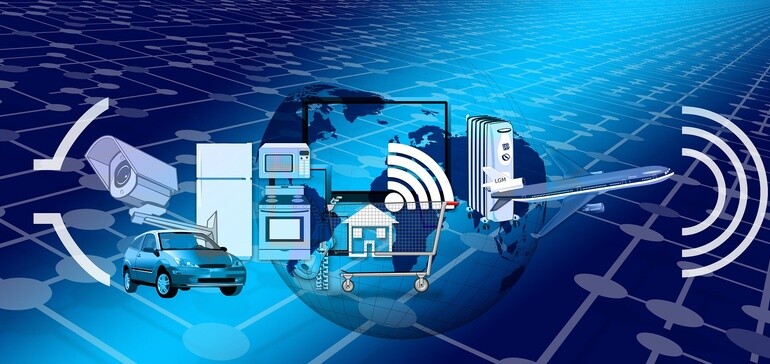
Dive Brief:
- Gartner predicts that roughly 8 billion sensor-connected items will appear globally throughout 2017, a 31% increase from 2016. By 2020, those numbers are expected to increase to 20.4 billion.
- Total Internet of Things (IoT) spending in 2017 is expected to skyrocket to almost $2 trillion. 

Dive Brief:
- Gartner predicts that roughly 8 billion sensor-connected items will appear globally throughout 2017, a 31% increase from 2016. By 2020, those numbers are expected to increase to 20.4 billion.
- Total Internet of Things (IoT) spending in 2017 is expected to skyrocket to almost $2 trillion. China, North America and Western Europe are the primary users of IoT. Together, the regions make up 67% percent of the main base of users.
- Although consumers employ the most IoT, with approximately 5.2 billion units or sensors currently in use (63% of the total), businesses employed 2.4 billion units for various purposes. By 2020, the figure is expected to grow to roughly 7.5 billion.
Dive Insight:
The remarkable rise of the IoT shouldn’t come as a surprise, as the real-time data it provides benefits each link in the value chain, from retail to manufacturing quality control to real-time tracking for logistics. As a result, supply chains may be the true benefactors of the rise of IoT, as the increased transparency will help achieve the ever-elusive end to end visibility.
A shipment equipped with a sensor allows for perpetual transparency, whether regarding timing, temperature, or accuracy. Mistakes can be rectified more rapidly, resulting in fewer failed transactions and greater customer satisfaction.
Gartner’s report reflects an increased adoption of IoT for business, for both cross-industry purposes (397% growth by 2020) and vertical-specific purposes (241% growth).
Both figures could be seen as good news for supply chain professionals investing in connectivity. The rise of IoT across various sectors means one of the biggest challenges of building connected supply chains — receiving data from outside partners like logistics providers — will soon be null. If everyone is doing it, market forces will push even smaller suppliers to adopt the technology in order to remain competitive.
Meanwhile, adoption within specific industries means the internal chain may also become more efficient, aiding to plan S&OP processes around consumer expectations and to build a demand-driven chain. Once an advantage, IoT may turn into a necessity throughout the chain.
This post originally appears on our sister publication, Supply Chain Dive. Our mission is to provide busy professionals like you with a bird’s-eye-view of the Supply Chain industry in 60 seconds. To subscribe to our daily newsletter click here.